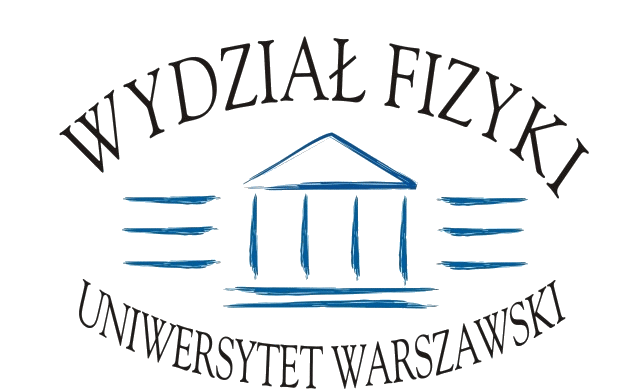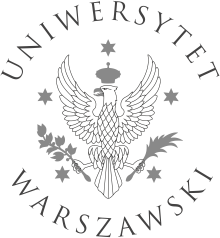Seminarium KMMF "Teoria Dwoistości"
2006/2007 | 2007/2008 | 2008/2009 | 2009/2010 | 2010/2011 | 2011/2012 | 2012/2013 | 2013/2014 | 2014/2015 | 2015/2016 | 2016/2017 | 2017/2018 | 2018/2019 | 2019/2020 | 2020/2021 | 2021/2022 | 2022/2023 | 2023/2024 | 2024/2025 | Strona własna seminarium
2015-10-08 (Czwartek)
Adam Latosiński (MPI für Gravitationsphysik, Potsdam, Deutschland)
Gauge covariant propagators: derivation and properties
The most commonly used metod of derivation of quantities in quantum field theory uses Feynman diagrams and Feynman propagators. Unfortunately, when applied to gauge theories, it mostly ignores the gauge symmetry, which becomes obscured at intermediate steps, and even in the final result it's not always visible. However, there exists a manifestly covariant way to make calculations within a quantum field theory, with the use of gauge field-dependent propagators instead of the free-field Feynman propagators.
I'm going to present a way to derive gauge field-dependent propagators in the form that can be used in perturbative calculations made with Feynman diagrams and to show how this form can make the derivation of the chiral anomaly quick and transparent, as well as the way it shows how certain regularizations break Ward identites.
I'm going to present a way to derive gauge field-dependent propagators in the form that can be used in perturbative calculations made with Feynman diagrams and to show how this form can make the derivation of the chiral anomaly quick and transparent, as well as the way it shows how certain regularizations break Ward identites.
2015-10-01 (Czwartek)
Artur Sergyeyev (SU Opava)
New integrable systems in 3+1 dimensions from contact geometry
We introduce a new kind of nonisospectral Lax representation, contact Lax pair, related to contact geometry. The compatibility conditions for the contact Lax pairs yield a broad new class of (3+1)-dimensional integrable systems, thus demonstrating that such systems are considerably less exceptional than it was generally believed.
To illustrate our results, we present, inter alia, a new (3+1)-dimensional integrable system with an arbitrarily large finite number of components. In the simplest special case, this system yields a (3+1)-dimensional integrable generalization of the dispersionless Kadomtsev—Petviashvili equation.
To illustrate our results, we present, inter alia, a new (3+1)-dimensional integrable system with an arbitrarily large finite number of components. In the simplest special case, this system yields a (3+1)-dimensional integrable generalization of the dispersionless Kadomtsev—Petviashvili equation.
Stron 2 z 2






